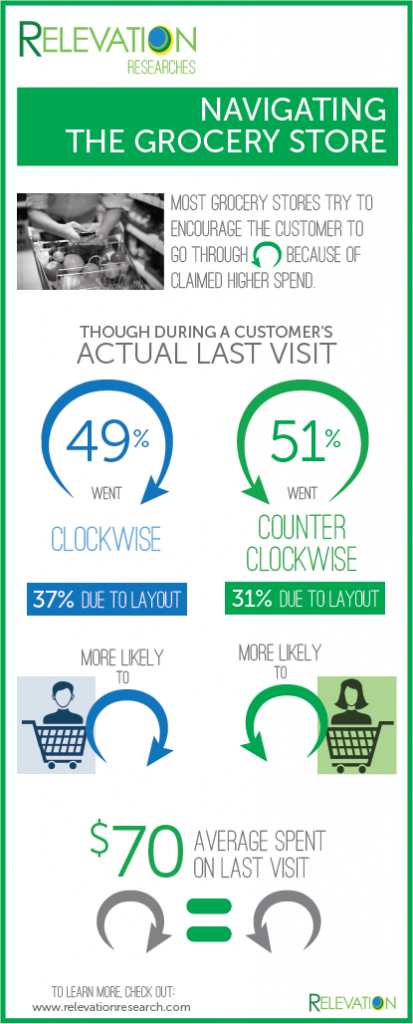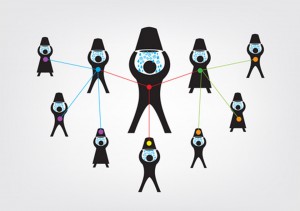As pet pampering continues to explode with monogrammed bedding, massages & spa treatments, creative grooming, organic food & treats, Relevation explored the number and nature of QSR outings for the dog in a recent nationally-representative online poll. Close to one third of dog owners take their lucky pup to one or more popular QSRs to enjoy a snack or meal with the average number of chains visited 2.9. The number of claimed visits total over 1 Billion trips annually.
Over two fifths order food and drinks directly off the regular menu for the dog (if you call “Puppuccino” at Starbucks off the regular menu).
But one in four are ordering specialty designer type dog goodies at restaurants that cater to the pooch. Current offerings such as the Pup Cup, Bag O’Bones, Pup Cakes, Pooch-ini are growing in popularity. Some are offered gratis; others go for as much as or more than regular menu items.
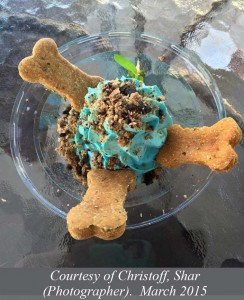 According to the 2013/14 APPA National Dog Owners Survey, there has been a gradual decrease in purebreds. Rescue has become the new fad with empty nester owners eager to make it up to the dog for his rough start in life.
According to the 2013/14 APPA National Dog Owners Survey, there has been a gradual decrease in purebreds. Rescue has become the new fad with empty nester owners eager to make it up to the dog for his rough start in life.
The way to the dog owner’s heart (and wallet) is through the dog’s stomach. QSRs can capitalize on this and make themselves the go-to destination for doggie visits.

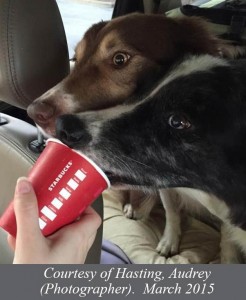

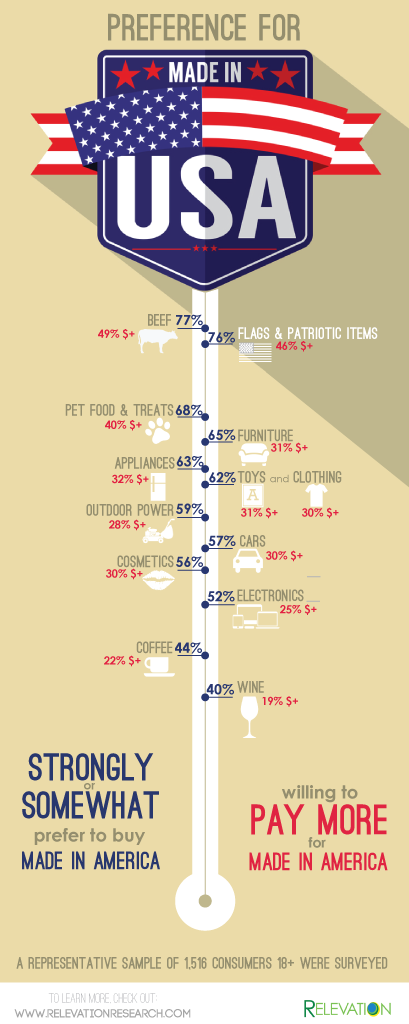 lthough no differences were noted Females versus Males overall, Females are more passionate about “Made in America” in conjunction with several specific categories: Beef, Pet Food/Treats, Cosmetics, Electronics, Home Appliances, Clothing, Toys, Wine, Furniture and Patriotic Items.
lthough no differences were noted Females versus Males overall, Females are more passionate about “Made in America” in conjunction with several specific categories: Beef, Pet Food/Treats, Cosmetics, Electronics, Home Appliances, Clothing, Toys, Wine, Furniture and Patriotic Items.